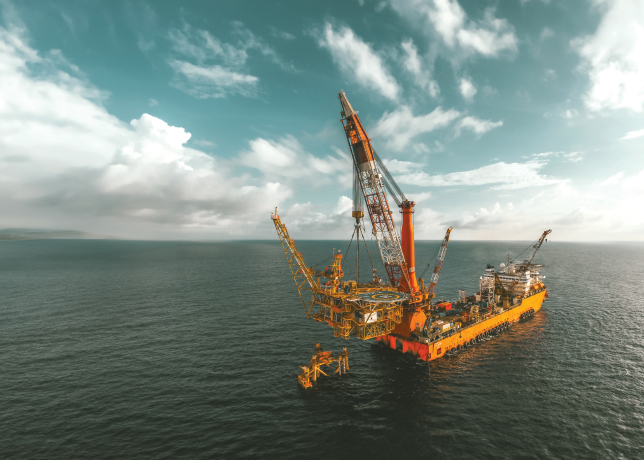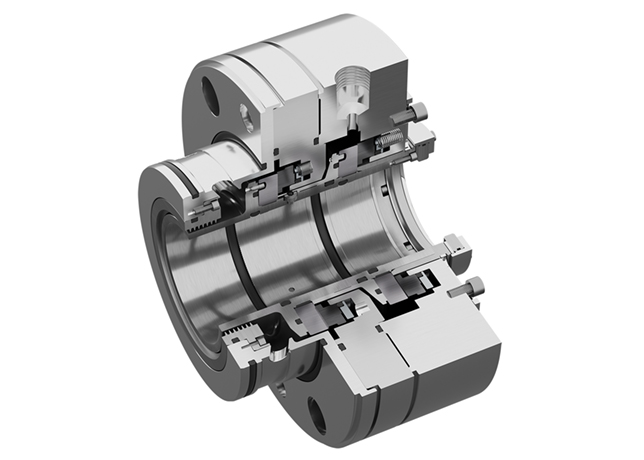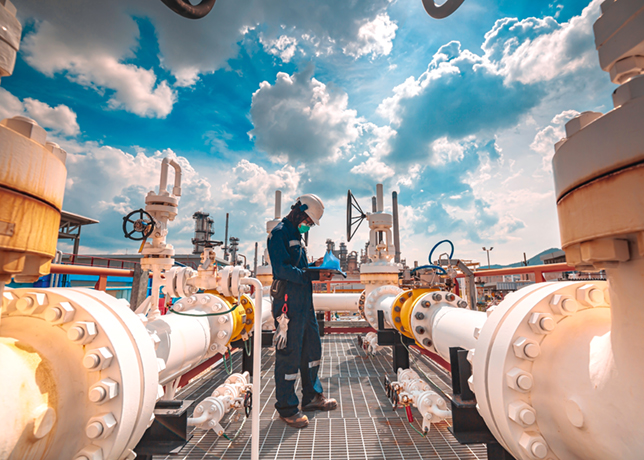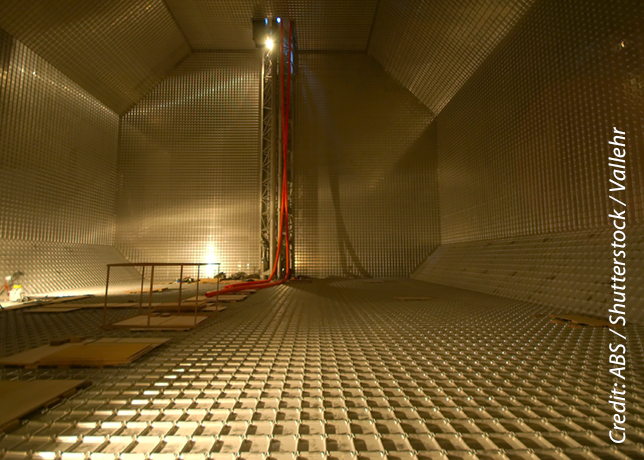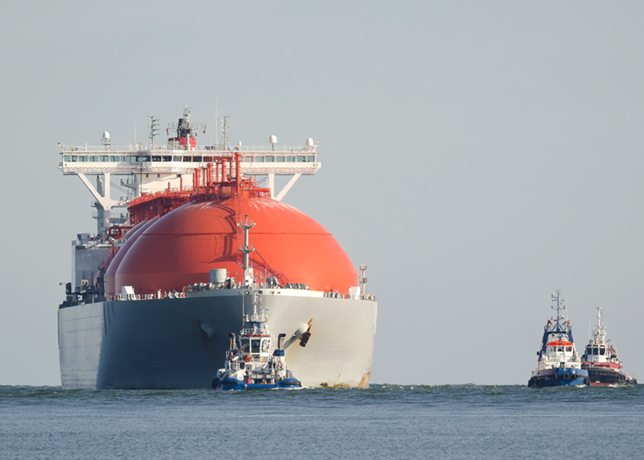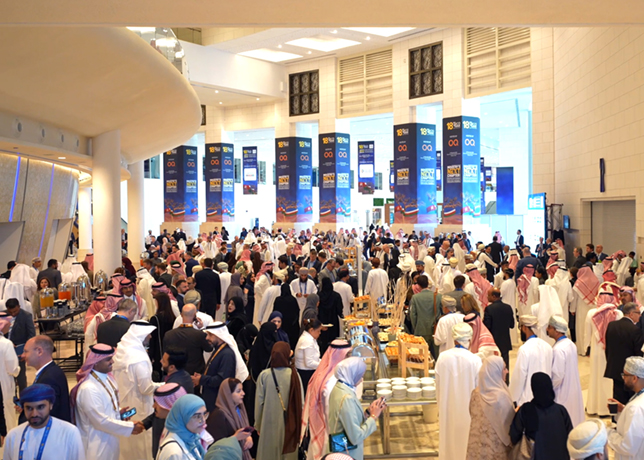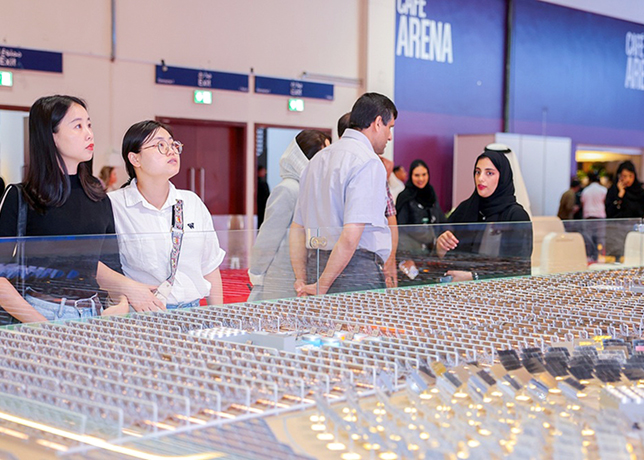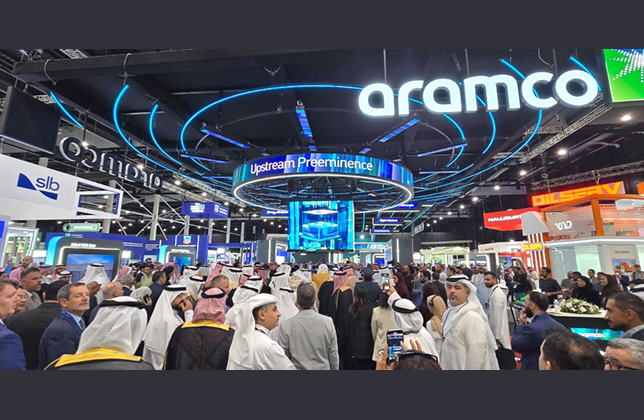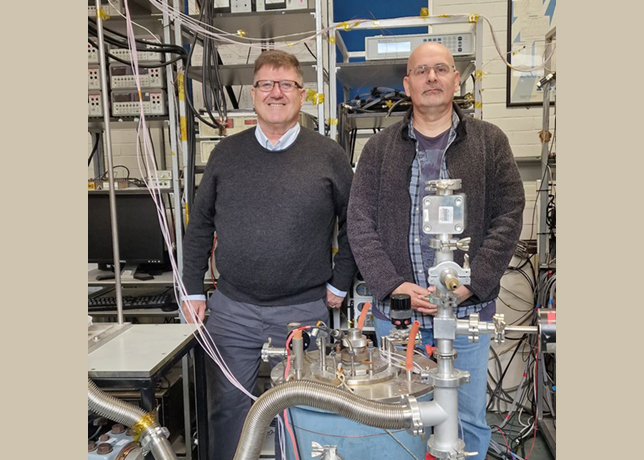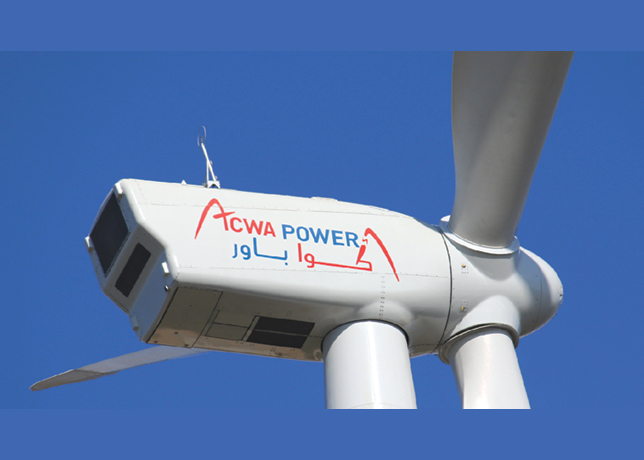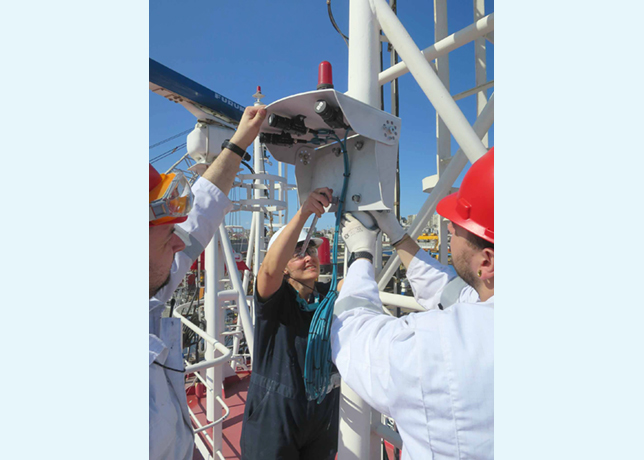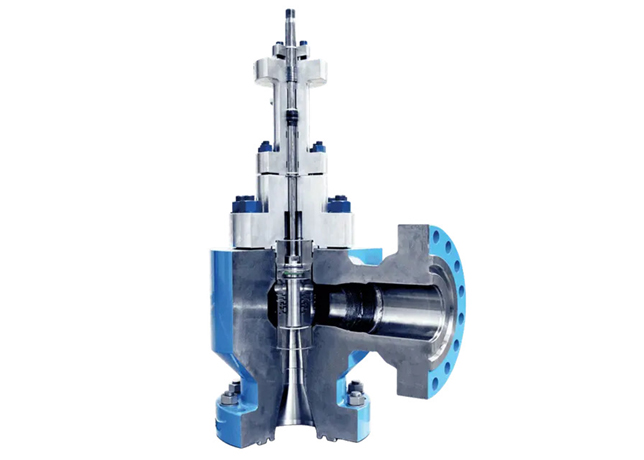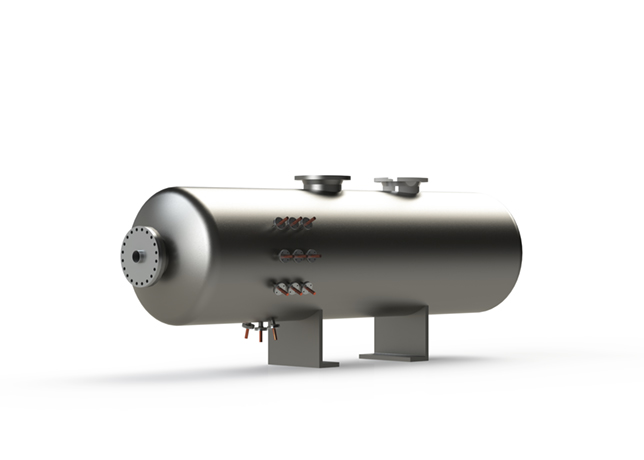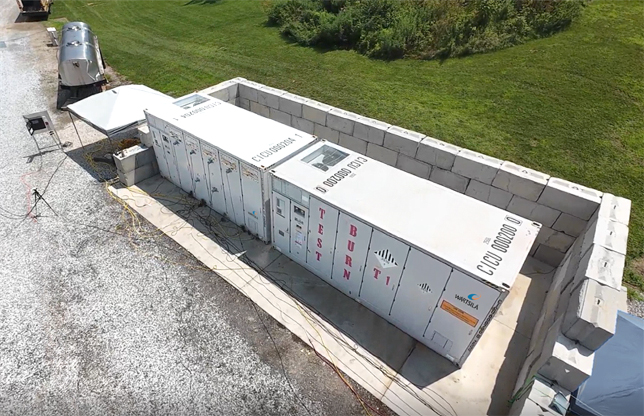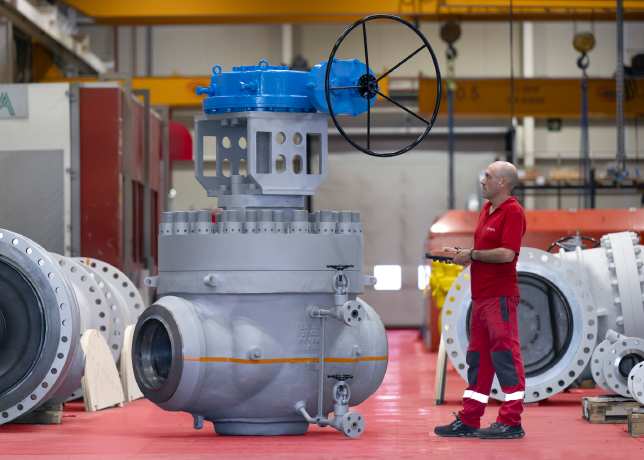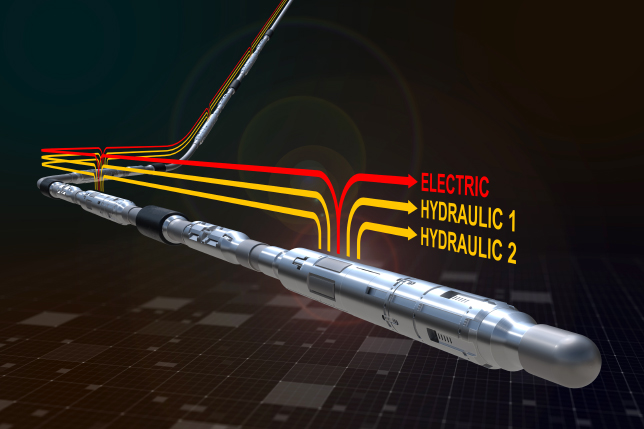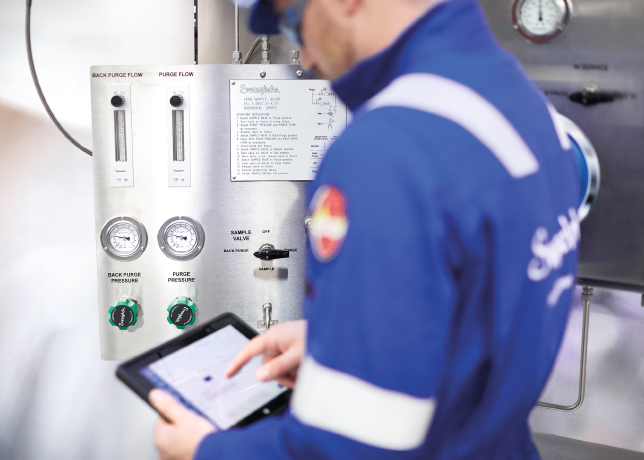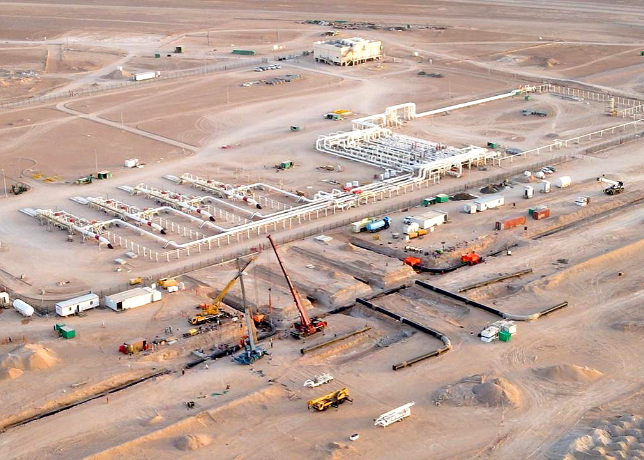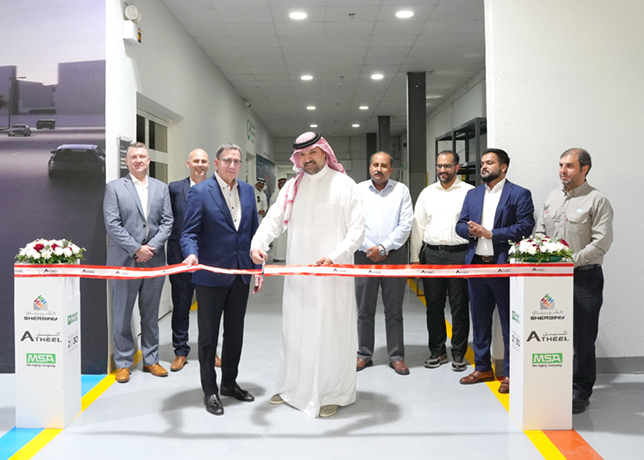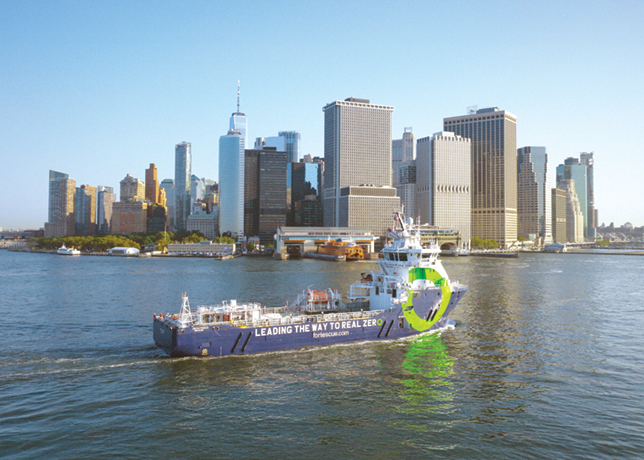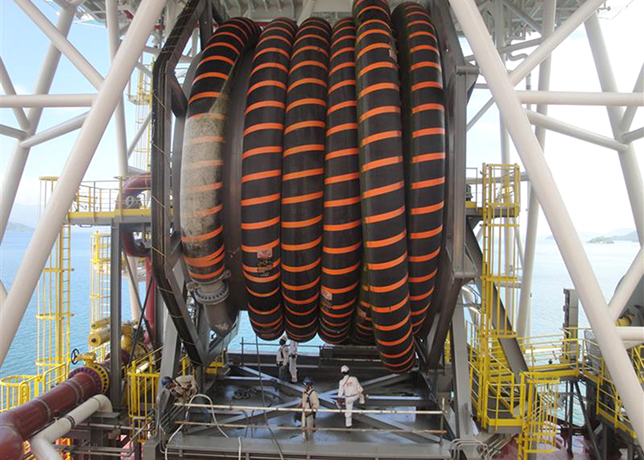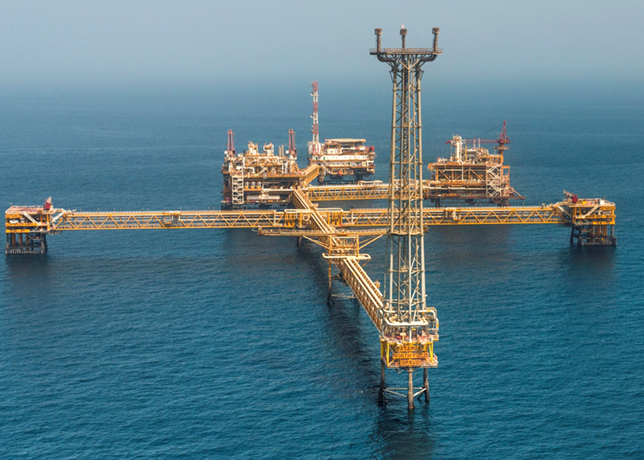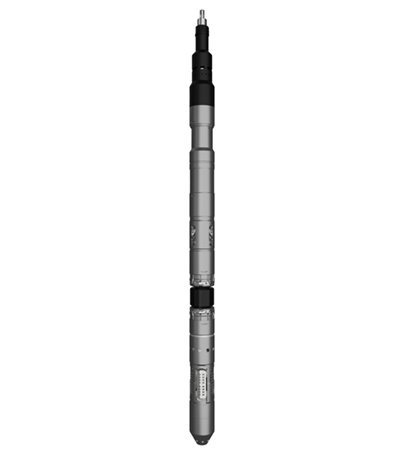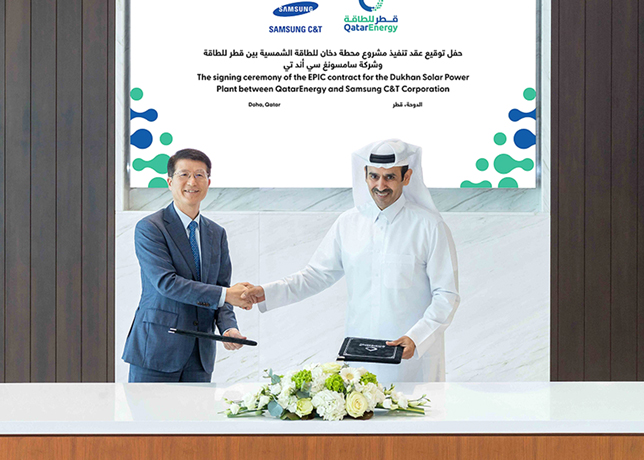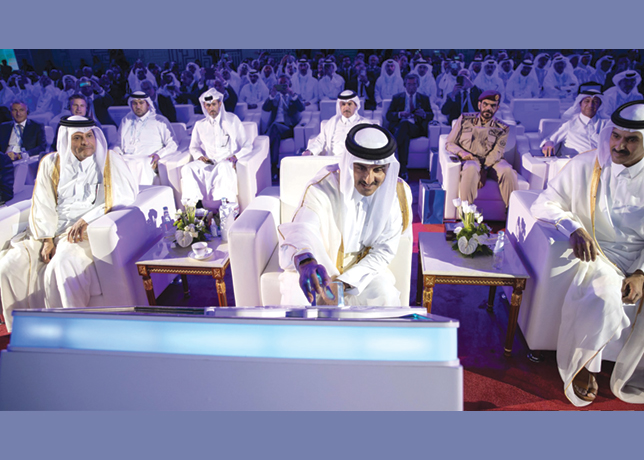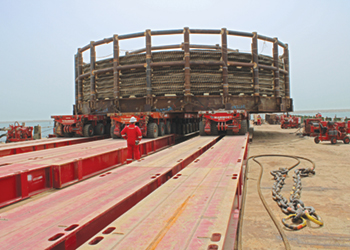
 Load-in of the cable basket via a bespoke 50-m ramp
Load-in of the cable basket via a bespoke 50-m ramp
Mammoet engineers created a detailed load-in plan, which included a bespoke 50-m ramp, designed to accommodate the elevation difference whilst bearing a total load of over 1,500 tonnes
Mammoet, heavy lift and transport specialist, stepped in to transpool over 1,000 tonnes of cable basket for a subsea cable project offshore in Saudi Arabia.
The cable basket arrived on a barge to the Jubail Commercial Port from where it was to be loaded in for transpooling and the empty basket loaded back out on the barge.
However, the height difference between the barge and the quay, meant that thorough engineering across disciplines, such as marine engineering and transport, was needed to ensure a smooth, efficient load in operation.
According to Munawar Khan, Mammoet Project Manager: "We were presented with a task to overcome the height difference between the deck of the barge and the quay for load-in and load-out operations. However, our experience in handling large and heavy components - often weighing more than 1,000 tonnes - proved critical in doing this effectively," he says.
Mammoet engineers created a detailed load-in plan, which included a bespoke 50-m ramp, designed to accommodate the elevation difference whilst bearing a total load of over 1,500 tonnes (including the weight of SPMTs).
 |
Transpooling of the cable |
The result was a pathway for 18 lines of SPMT to roll onto the barge, lift the basket and roll off onto the jetty.
The spooling operation was then performed with the basket being rotated by the SPMTs, whilst typical spooling auxiliary equipment was used to manage the cable between the basket and the installation carousel.
The Mammoet team worked in day and night shifts as the SPMTs were rotated during transpooling, which took less than 48 hours, ready for transportation offshore."
This then allowed load out to happen sooner, moving the empty cable basket by SPMTs back onto the barge via the ramp.
In total, load in, transpooling and load out was undertaken in far fewer days than the original timeframe given.
"We understand that time is money for offshore projects such as this. Thanks to the combination of a thorough marine engineering plan, drawing on a range of discipline experts, and the availability of the right equipment and professionals when needed, we were able to ensure safe, efficient completion whilst saving significant time for the client," Khan concludes.




